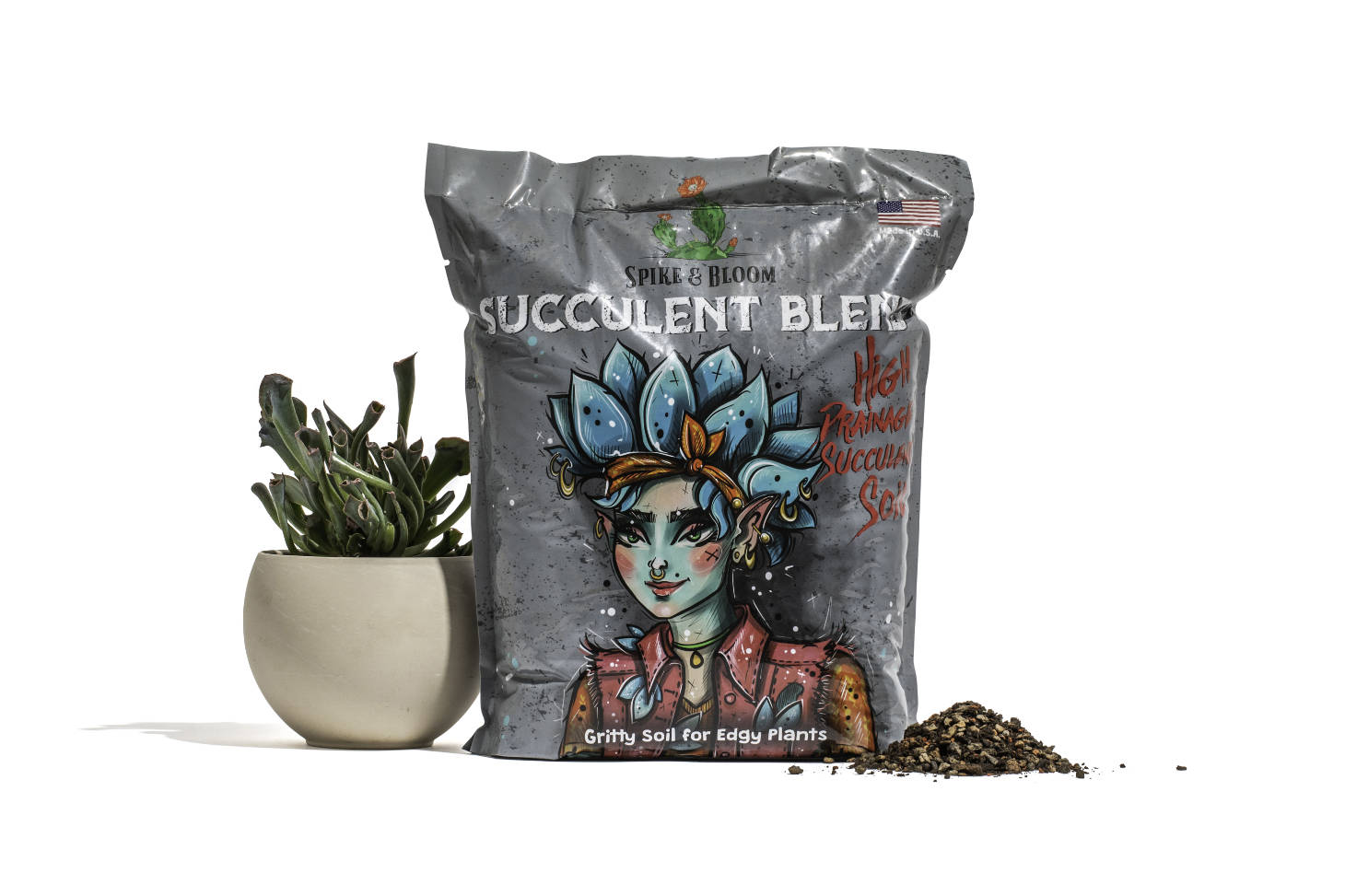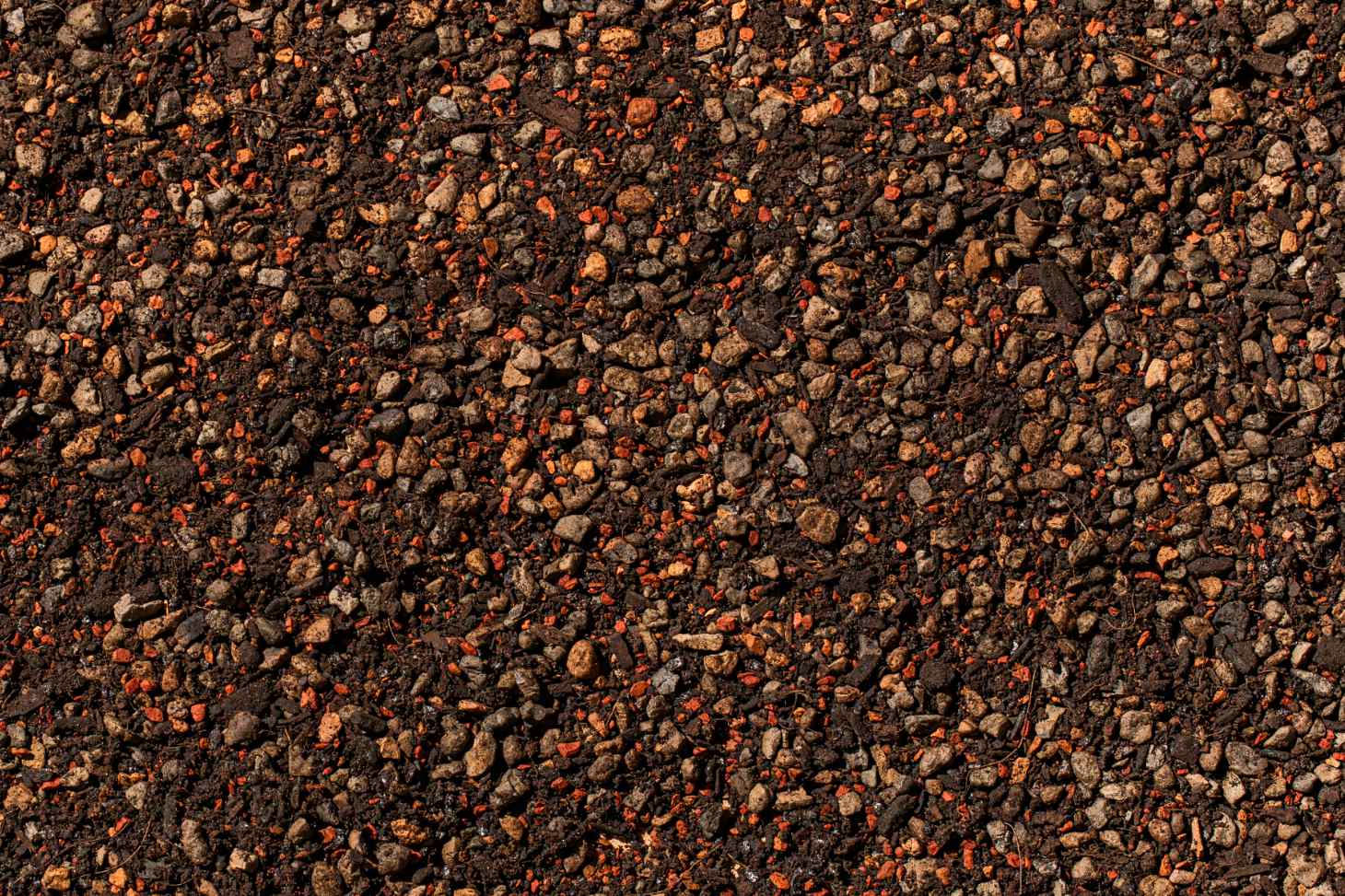Potting Soil for Succulents
Succulents are cool plants that store water in their leaves and stems. They’re easy to grow, but they need special soil to thrive. Regular potting soil won’t cut it for these unique plants.

Succulent soil needs to be well-draining to keep your plants happy and healthy. You can make your own mix with various ingredients: potting soil (be careful with potting soil), horticultural sand, and perlite or pumice. This combo gives succulents a decent home for their roots. Or you can purchase a high quality soil made specifically for succulents.
Want to give your succulents the best chance to grow? The right soil is key. It lets excess water drain quickly, preventing root rot. Plus, it gives the roots room to breathe. With the right mix, you’ll see your succulents flourish in no time. Succulents also thrive in a slightly acidic medium.
Key Takeaways
- Succulents need special soil that drains well and wards off root rot
- You can make your own soil mix if you are feeling ambitious
- A slightly acidic soil is optimum for most succulents
Understanding Succulents and Their Needs

Succulents are unique plants that can thrive in semi dry conditions. They have special features that help them survive with little water. The right soil is key to keeping these plants happy and healthy.
Characteristics of Succulents
Succulents have thick, fleshy parts that store water. You’ll notice their plump leaves, stems, or roots. These plants come from typically semi dry environments and can handle drought well. They don’t need much water to live.
Many succulents have shallow root systems. This helps them soak up water quickly when it rains. Their leaves often have a waxy coating. This coating stops water from escaping through the leaves.
Some common succulents you might know are aloe vera, jade plants, and echeverias. These plants come in many shapes, sizes, and colors.
Importance of Proper Soil
The right soil is crucial for your succulents. They need soil that drains water well. Regular potting soil holds too much water for succulents.
Good succulent soil lets excess water flow out quickly. This stops the roots from sitting in wet soil. Wet roots can lead to root rot, which can kill your plant. Nobody wants that!
The ideal soil for succulents also provides good air flow. This helps the roots breathe and stay healthy. A mix of large and small particles in the soil creates spaces for air.
You can buy special succulent soil or make your own. A good mix will be slightly acidic and have a variety of particle sizes allowing for good drainage and aeration.
Ideal Soil Composition for Succulents

Succulents need a special soil mix to thrive. The right balance of materials helps their roots get air and water without staying too wet.
Roles of Organic and Inorganic Materials
Organic matter feeds your plants and holds some moisture. You can use some potting mixes as the base but be careful here. Most potting soils are mostly peat moss with fertilizer and a few other ingredients. If you are assembling your own succulent soil it’s best to pay attention to what is actually in the bags of materials you are combining.
Inorganic materials are key for drainage. They include sand, perlite, and pumice. These keep the soil from getting too packed down.
Coarse horticultural sand can be decent for succulents. It lets water flow through quickly. Perlite and pumice will provide similar effects and are light and airy. They help air reach the roots.
Key Components of Succulent Soil

Succulent soil needs special ingredients to keep your plants happy. The right mix lets water drain fast and gives roots air to breathe.
Selecting the Right Particle Sizes
If choosing sand, you want to use coarse sand in your succulent soil. It helps water flow through quickly. Don’t use beach sand – it’s too salty. Not to mention the particles are much too fine.
We’ve tested many types of sand and the typical fine particle sized sands tend to have the opposite affect in a soil mix. They almost turn your soil into a cement-like medium when then are wet and then dry out. Be careful with particle sizes.
There’s also an option to add lava rocks as a sandy substrate. This is provided the lava particles are broken up into smaller sized particles of around 1/8th of an inch, give or take of course.
You could mix in some perlite too. These white bits look like tiny foam balls. They make lots of air pockets in the soil. This keeps roots from getting soggy. Pumice is also another pretty easy to find additive.
Benefits of Pumice and Coir in the Mix
Pumice / lava rocks can be used for succulent soils. They’re light and full of tiny holes. This helps air and water move through the soil. We mention this because pumice is pretty cheap and available in most stores. We actually prefer using very small lava rocks for reasons we’ll mention below, but lava rocks are much harder to get in a useful size and are more expensive.
Coir comes from coconut husks. It is much easier to water than peat moss. But it doesn’t hold onto the water as long, which is typically a good attribute in a succulent soil.
Try adding these to your mix:
- A handful of pumice (or tiny lava rocks if you can)
- Some coir instead of peat/sphagnum moss
These make the soil less susceptible to root rot. Your succulents will love having dry feet between waterings.
You can also toss in some pine bark. It breaks down slowly and keeps the soil loose.
The Role of Drainage in Preventing Root Rot

Good drainage helps succulents stay healthy. It stops water from sitting around the roots for too long. This keeps your plants from getting root rot.
Choosing Proper Drainage Materials
You can use rocks, pebbles, or pumice to help water drain better. Put a layer of these at the bottom of your pot. This gives extra water a place to go.
Gravel works well too. It makes spaces for water to move through. Mix some into your soil to make it drain faster.
Pumice is light in both weight and color. It’s a very porous material. It’s good for succulents because it holds some water but lets the rest drain away.
Our favorite are very small particles of lava rock. They are darker in color and dry out faster than pumice.
Creating Air Pockets for Healthy Roots
Air pockets are important for succulent roots. They let the roots breathe and grow better.
To make air pockets, add some of the larger particle materials mentioned to your soil mix.
Perlite is those little white bits you see in typical potting soil. It’s super light and helps make spaces in the soil. This tends to be the go to for most typical soils. It works fine but over time you end up with all the perlite balls floating to the top of your soil. For that reason, it’s not our favorite additive.
Don’t pack your soil too tight. Loose soil lets air get to the roots easier. This helps stop root rot and keeps your succulents happy.
Repotting Succulents for Better Growth
Repotting helps succulents thrive by giving them fresh soil and more space. It’s important to know when and how to repot for the best results.
Signs It’s Time to Repot
Watch for these clues that your succulent needs a new home:
- Roots coming out of drainage holes
- Plant looking too big for its pot
- Soil drying out very fast
- Slow or stopped growth
- Leaves turning yellow or falling off
If you see these signs, it’s time to give your plant an upgrade. Don’t wait too long, as cramped roots can hurt your succulent’s health.
Steps for Successful Repotting
Follow these tips to repot your succulent:
- Pick a new pot 1-2 inches bigger than the old one.
- Use a special succulent potting mix or make your own.
- Gently remove the plant from its old pot.
- Brush off old soil and trim any dead roots.
- Put some new soil in the new pot.
- Place the succulent in and fill with more soil.
- Wait a few days before watering.
Be careful not to overwater after repotting. Succulents like it dry, so let the soil dry out between waterings.
Choosing Commercial Succulent Mixes

Commercial succulent mixes can save you time and effort. Many brands offer ready-made options tailored for these unique plants.
What to Look for in Store-Bought Mixes
When picking a store-bought mix, check the ingredients. Look for a blend that will provide good drainage.
Avoid mixes with too much organic matter or the dreaded peat moss dominated mixes. These can hold too much water. A good mix will feel gritty and loose and have just enough nutrients. Avoid cheap soils that are loaded with synthetic fertilizers and peat moss.
Check the pH level too. Succulents like slightly acidic soil. A pH between 6.0 and 6.5 is usually about right.
Spike & Bloom’s Succulent Blend
We’ve spent years testing existing brands along with raw ingredients to come up with what we are convinced is the best succulent soil money can buy. We’ve insisted on using only the best ingredients and know your succulents will absolutely thrive in our succulent soil.


